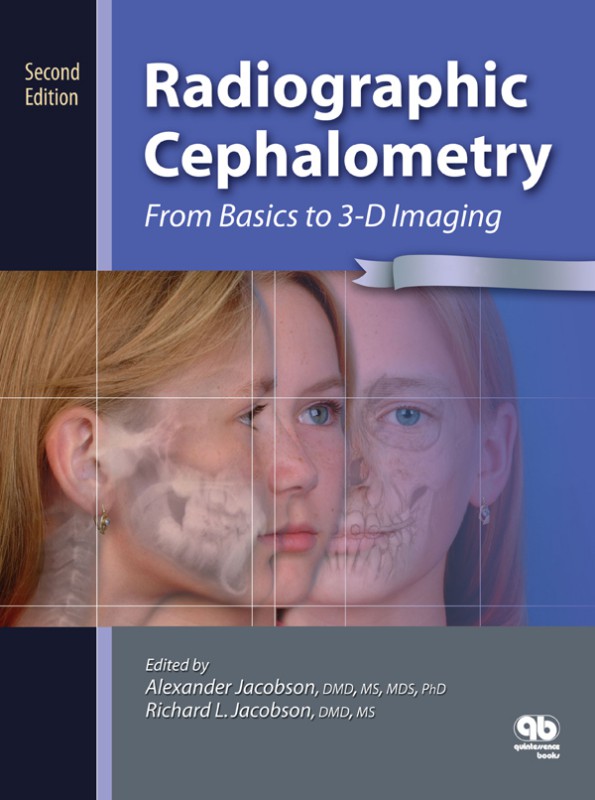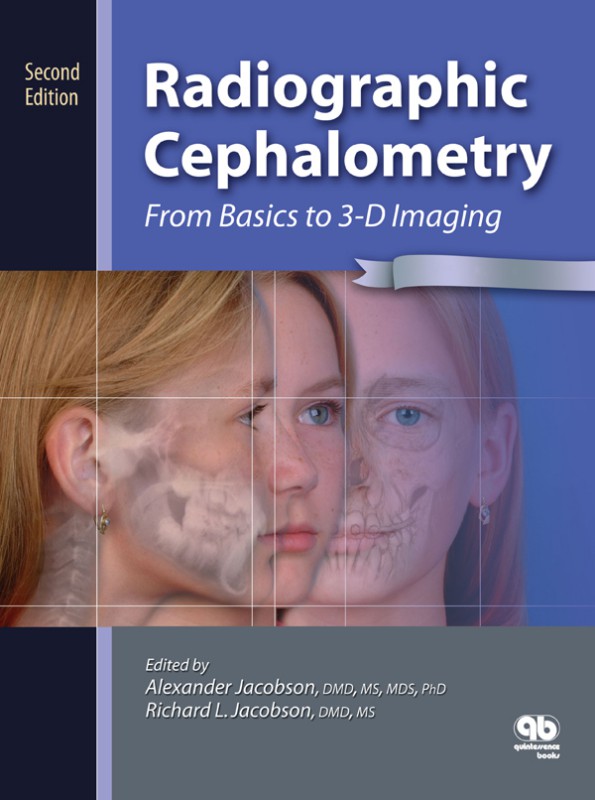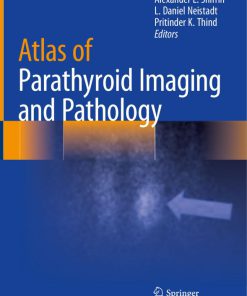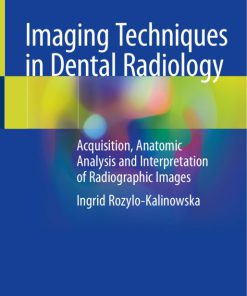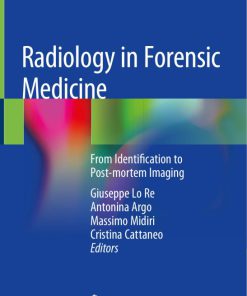Radiographic Cephalometry From Basics To 3 D Imaging 2nd Edition by Alexander Jacobson ISBN 0867154616 9780867154610
Original price was: $50.00.$25.00Current price is: $25.00.
Authors:Alexander Jacobson, Richard L. Jacobson , Tags:ebook; book , Author sort:Alexander Jacobson, Richard L. Jacobson , Languages:Languages:eng , Published:Published:Apr 2013 , Publisher:International Quintessence Publishing Group , Comments:Comments:Digitization of photographs, radiographs, and cephalometry has radically transformed the practice of clinical orthodontics. This important textbook, widely regarded as the definitive source on radiographic cephalometry, has now been updated and expanded to reflect these emerging technologic innovations. In addition to covering basic principles – including manual tracing techniques, landmark identification, and the traditional cephalometric analyses – this new edition describes the numerous applications of digital radiography, digital radiographic cephalometry, and 3-D cephalometric analysis for enhanced accuracy and efficiency in diagnosis and outcome prediction. Eight completely new chapters have been added on the advantages and drawbacks of 2-D versus 3-D analysis; the use of imaging in treatment planning; the value of electronic storage, analysis, and retrieval of all records; anteroposterior cephalometry; the first 3-D cephalometric analysis; and more. An accompanying CD-ROM containing a reproducible headfilm and templates, both for manual and digital cephalometry, as well as sample video clips is included with every book. This comprehensive text is ideal for both students and experienced professionals who wish to refresh and/or update their understanding of this subject.

